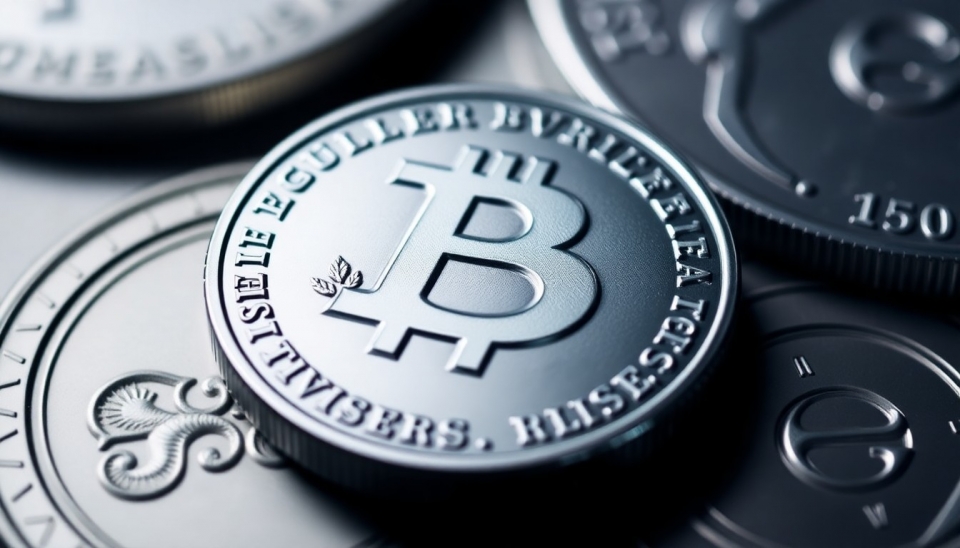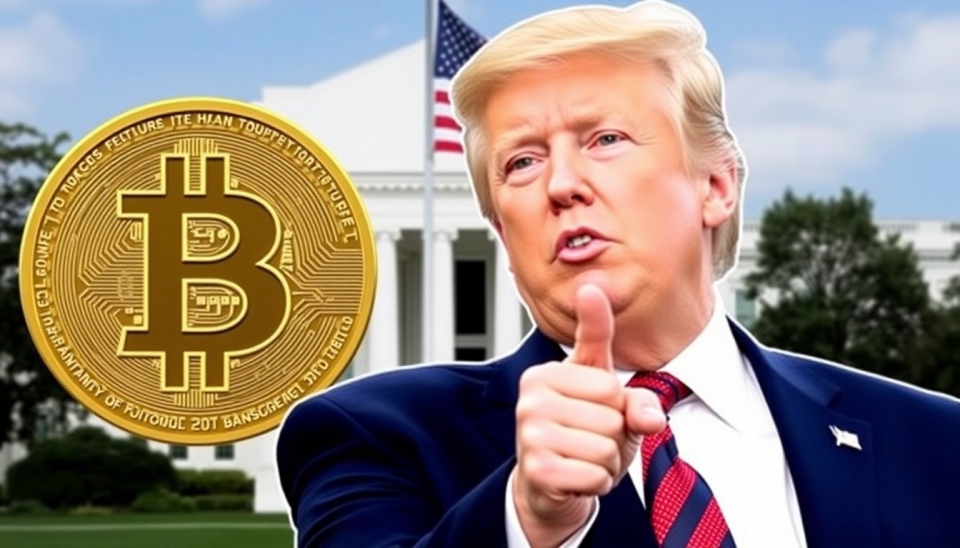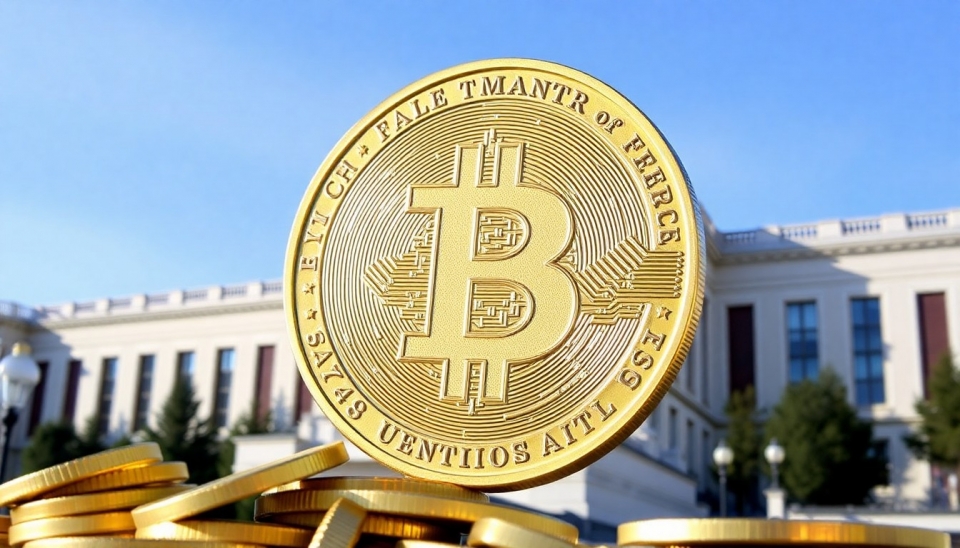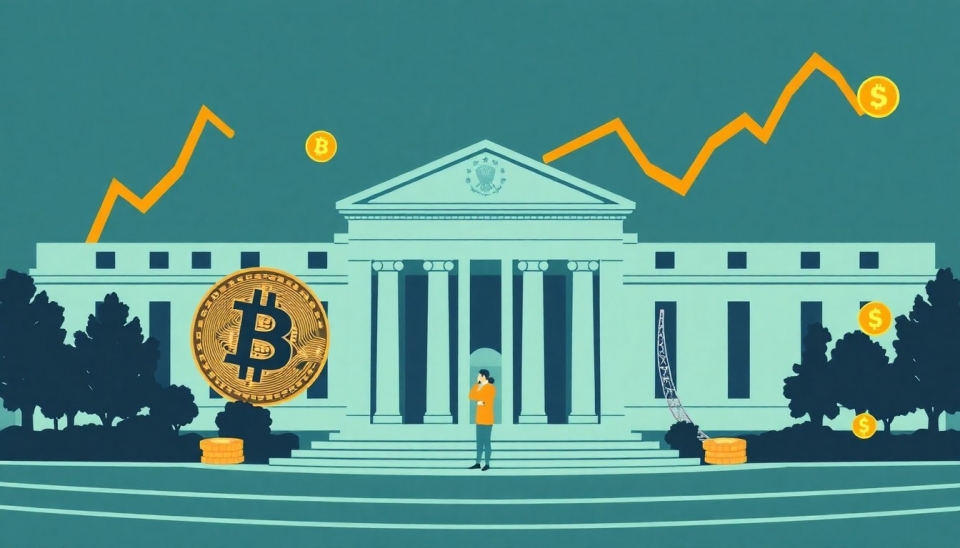
The Federal Reserve’s Board of Governors member, Christopher Waller, recently shared his insights regarding the role of stablecoins in bolstering the U.S. dollar's position as the world's primary reserve currency. During a speech, Waller emphasized that stablecoins, which are digital currencies usually pegged to a traditional currency or assets, could play a critical role alongside traditional financial structures in enhancing the dollar's global standing.
Waller's remarks come as the global financial landscape is witnessing significant changes due to technological advancements in digital currencies. He asserted that stablecoins, characterized by their relatively stable value, could provide a much-needed complement to the dollar, especially in international transactions. By attaching these digital currencies to stable assets, it becomes possible to create an investment and transaction medium that mitigates the volatility typically seen with cryptocurrencies.
Furthermore, Waller pointed out that the integration of stablecoins could attract more investors and users to the U.S. dollar-backed offerings. This appeal presents a unique opportunity for market participants globally, enhancing liquidity and facilitating smoother cross-border payments. As countries and businesses increasingly look at cryptocurrency options, the Fed is tasked with the responsibility to ensure regulation provides stability and consumer protection in the growing digital economy.
Waller's thoughtful commentary aligns with a broader dialogue within the financial community, which is deliberating the implications of digital currencies. Highlighting stablecoins' potential, he discussed how appropriate regulatory frameworks could ensure their responsible use without undermining the inherent stability of the dollar. The Fed is currently exploring the integration of digital currencies, with ongoing discussions regarding Central Bank Digital Currencies (CBDCs) aimed at ensuring competitiveness in an evolving digital world.
Moreover, the prospect of stablecoins rising alongside the U.S. dollar raises further questions about the future dynamics of global finance. Other central banks are also examining their own digital solutions, which could potentially transform the landscape of international finance should they gain widespread adoption. Waller's emphasis on regulatory clarity is critical in this context, as it will serve as a guide for innovation while maintaining the integrity of existing financial systems.
In conclusion, Waller's insights not only suggest a favorable view of stablecoins as instruments that could complement the dollar but also underline the importance of careful regulatory oversight to foster confidence and security in digital transactions. As we look to the future, the collaboration between innovation, consumer protection, and tradition may very well define the next era of global finance.
#FederalReserve #Stablecoins #DigitalCurrency #USD #GlobalFinance #Regulation #CBDC #Cryptocurrency
Author: Sophia Reynolds




